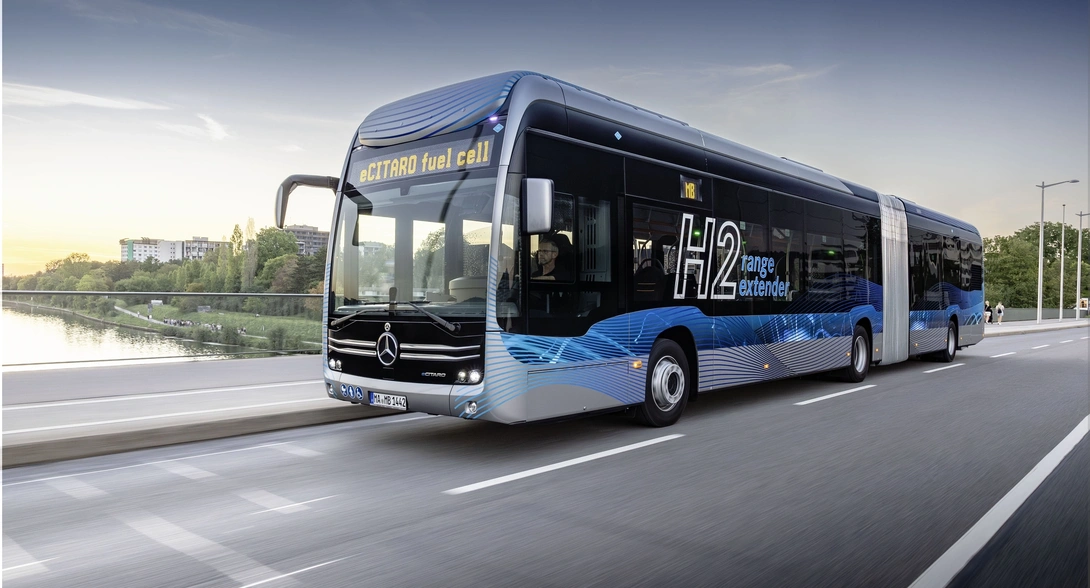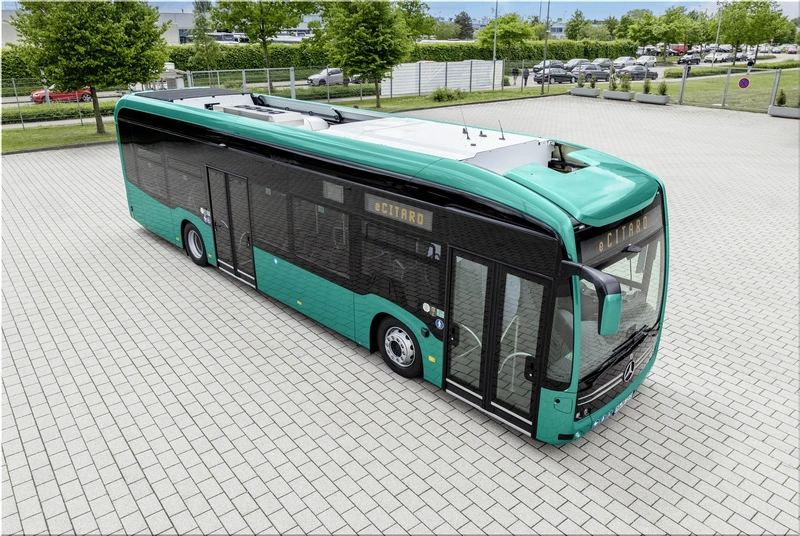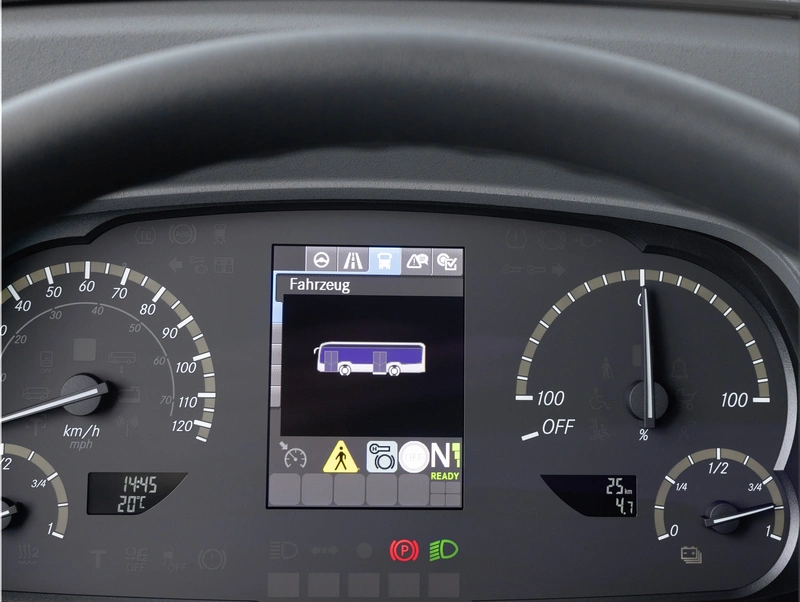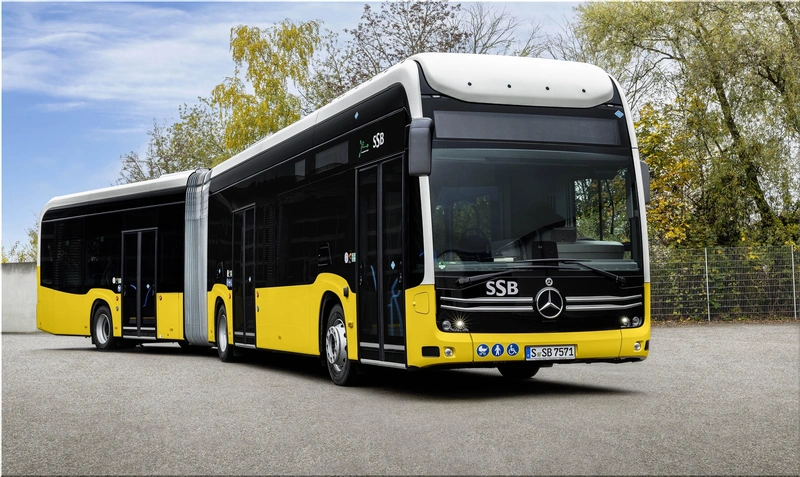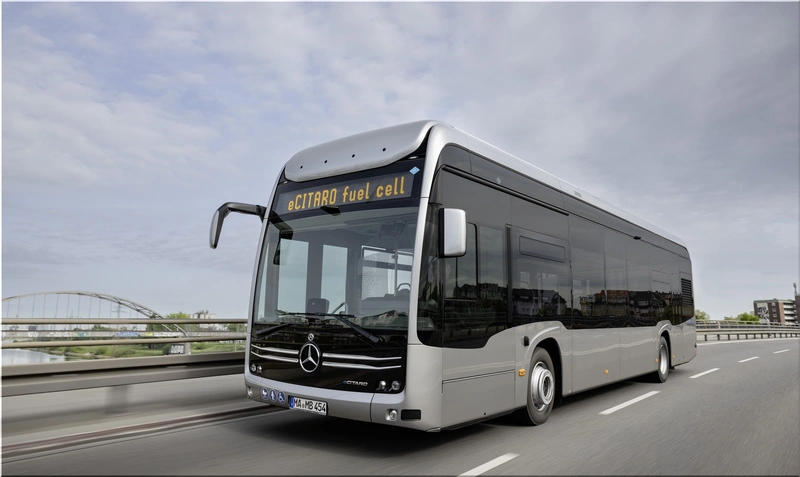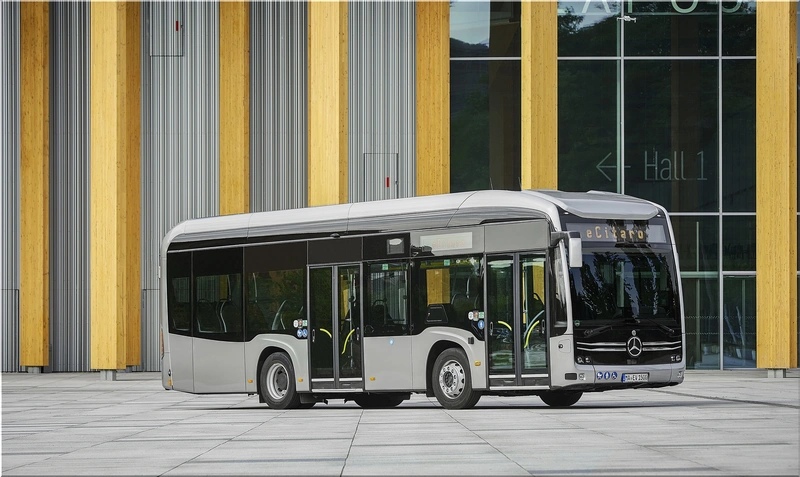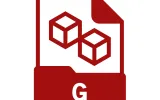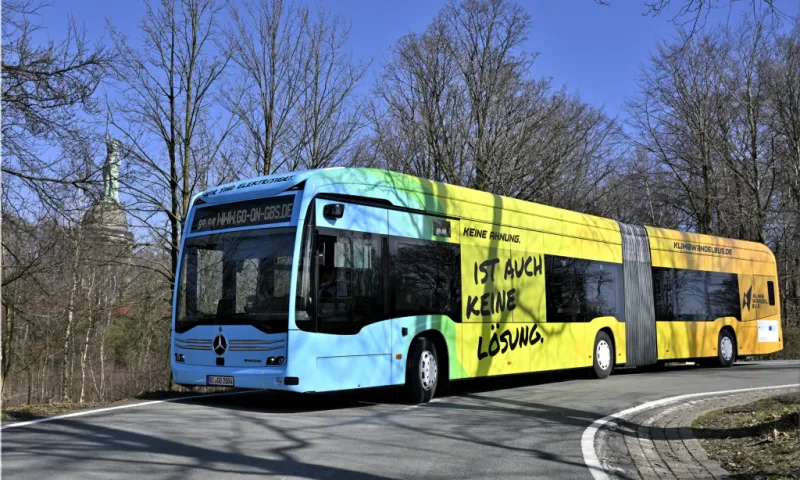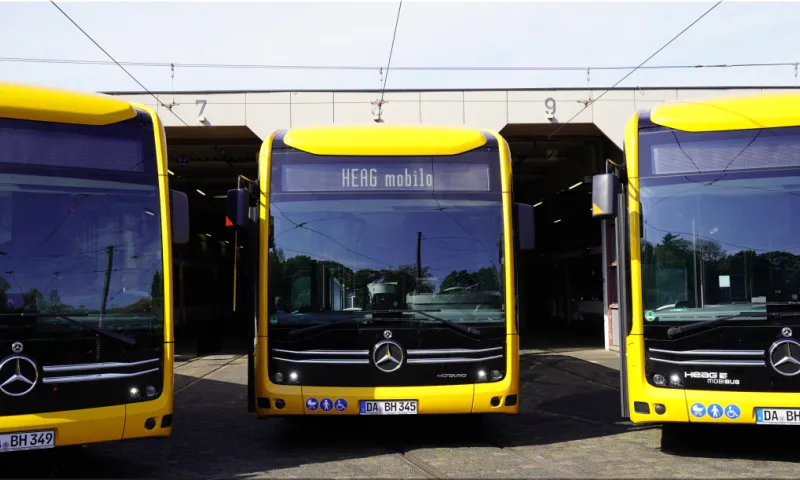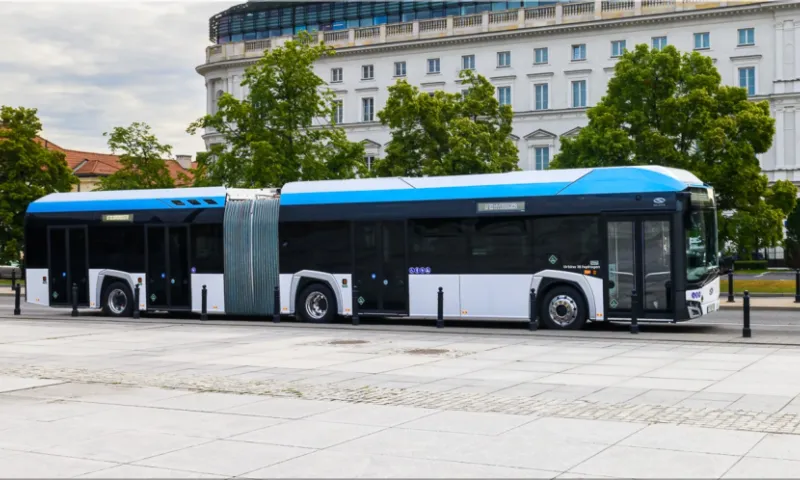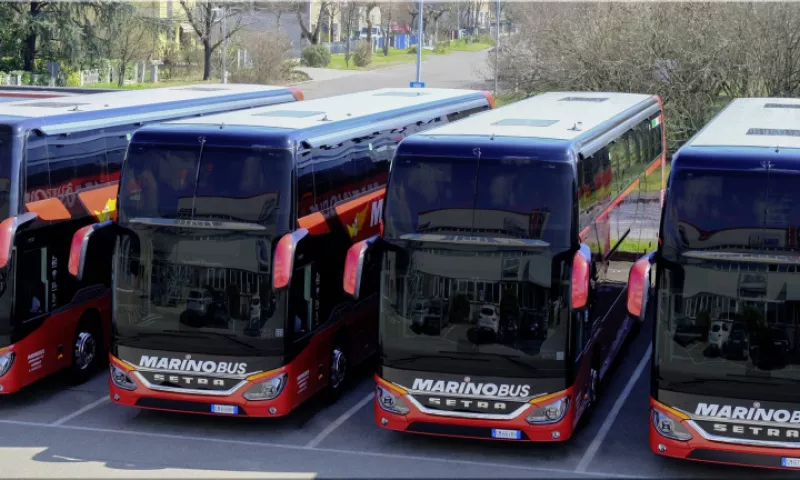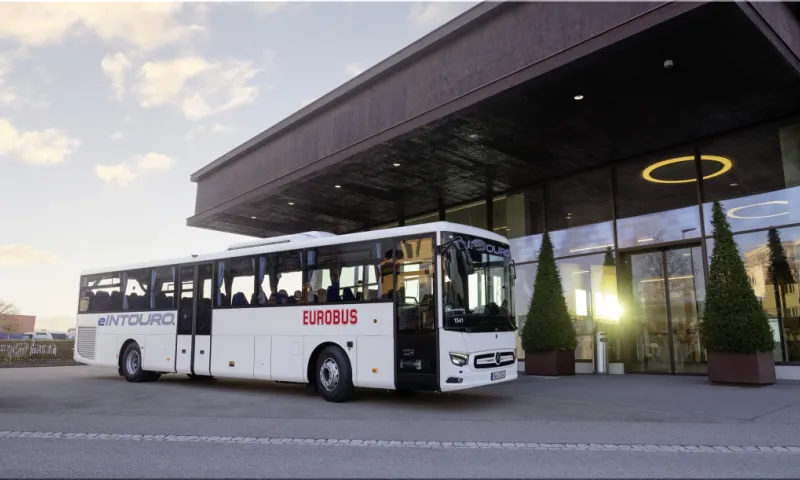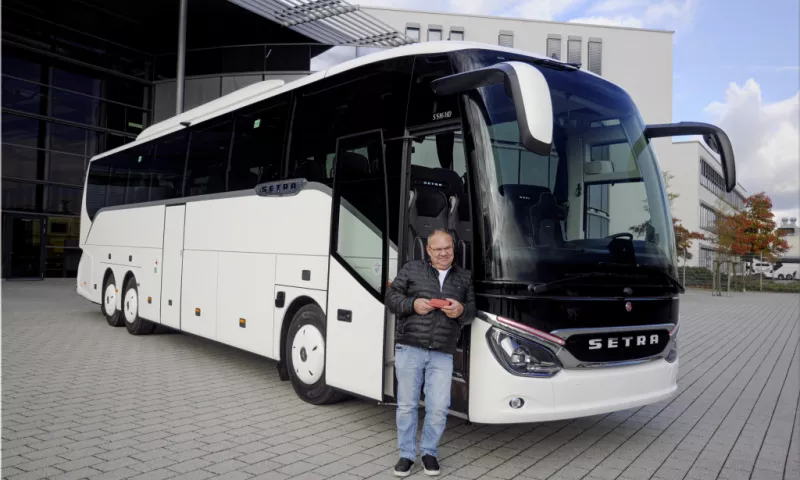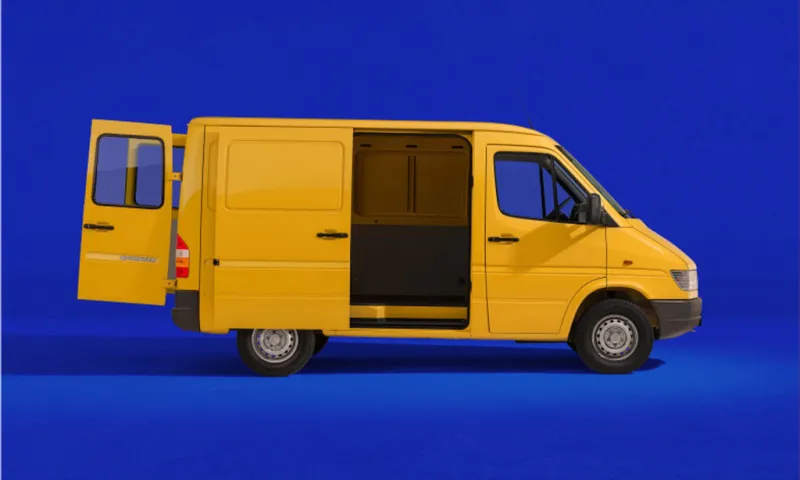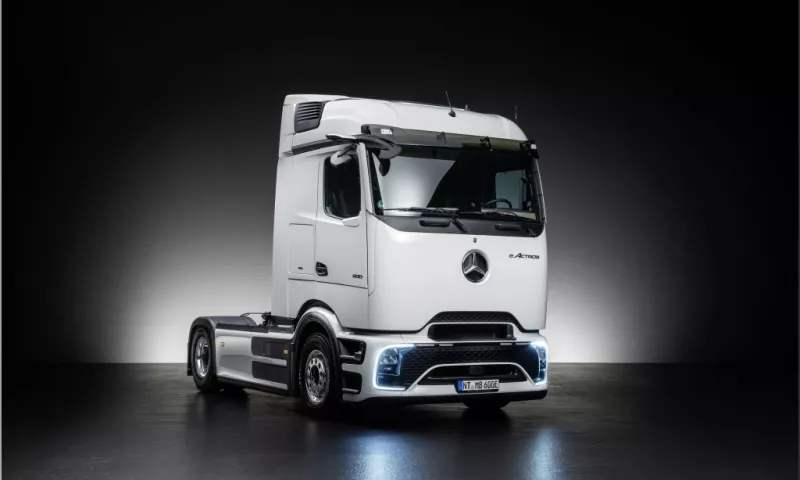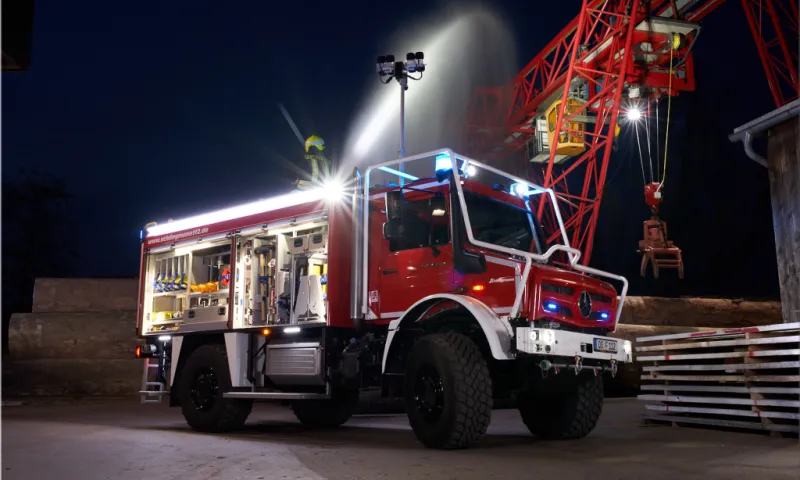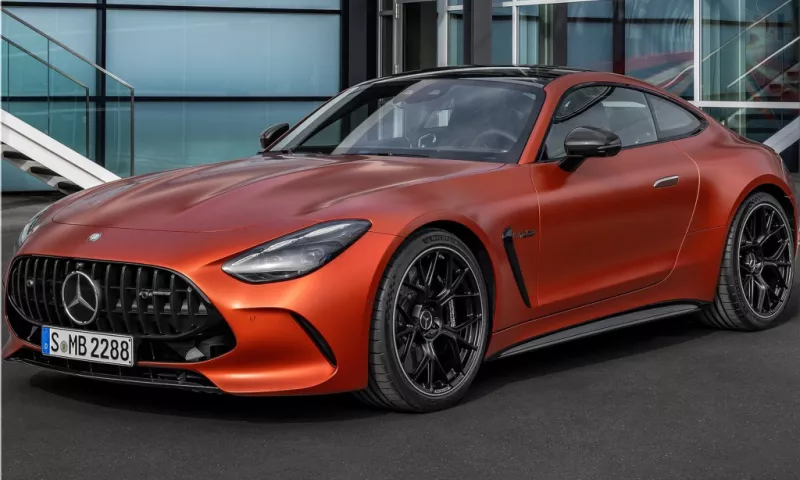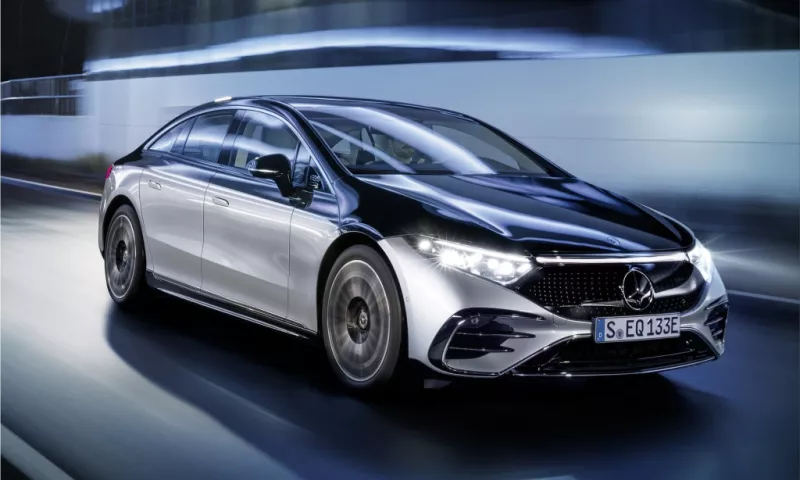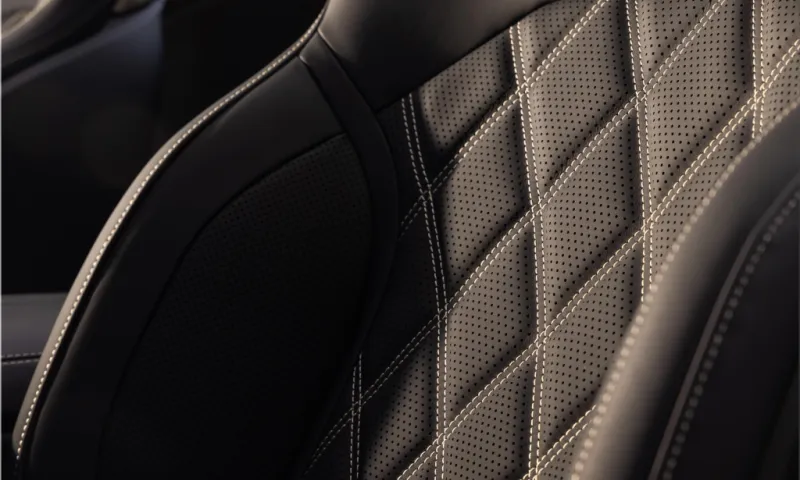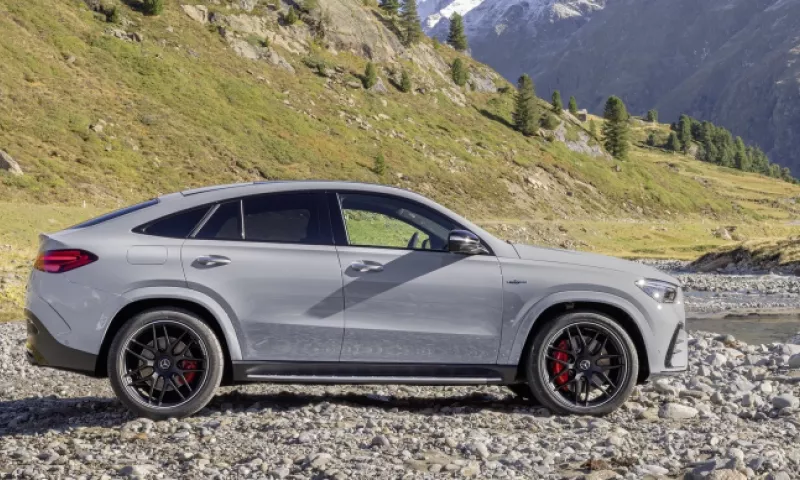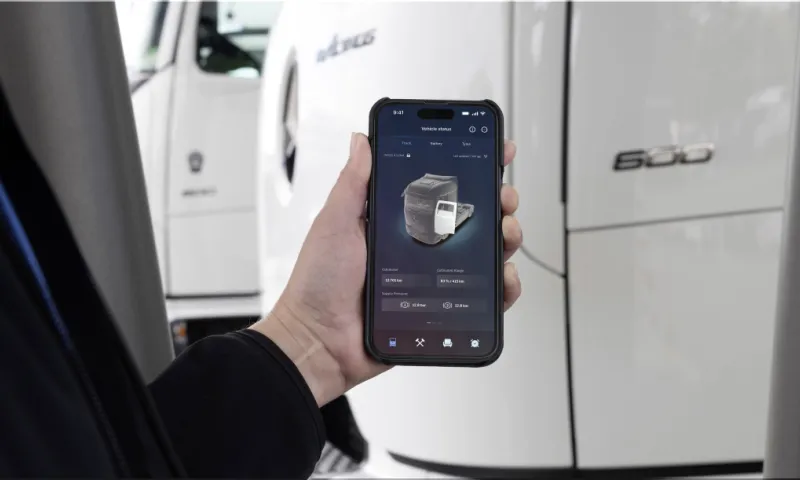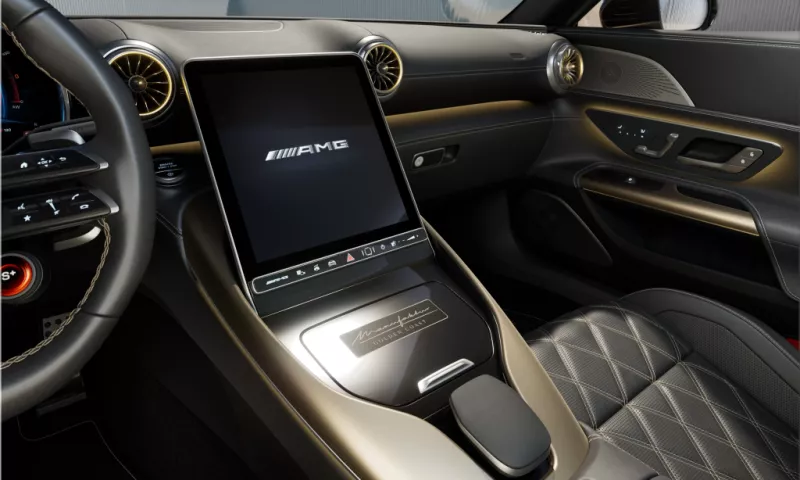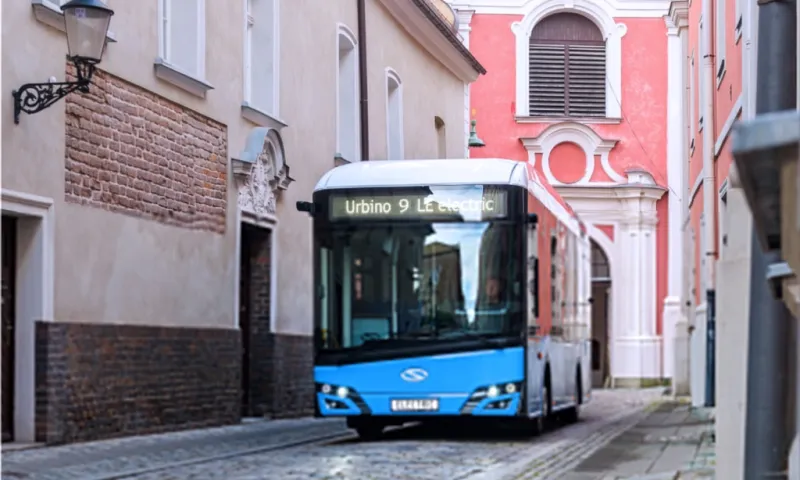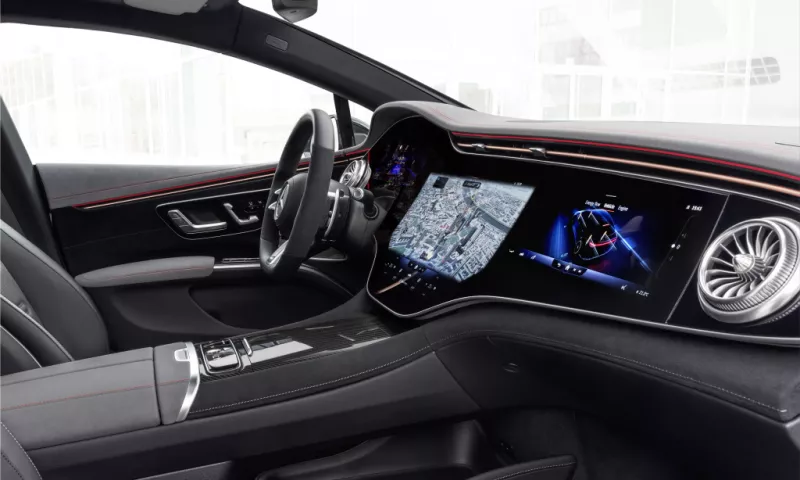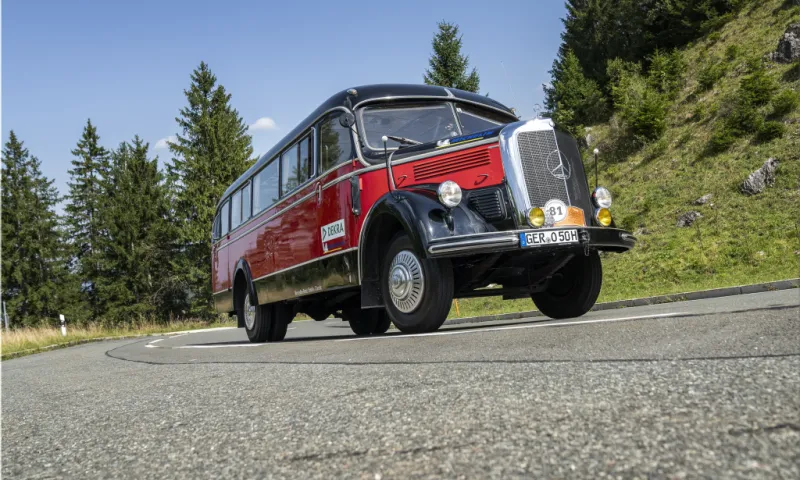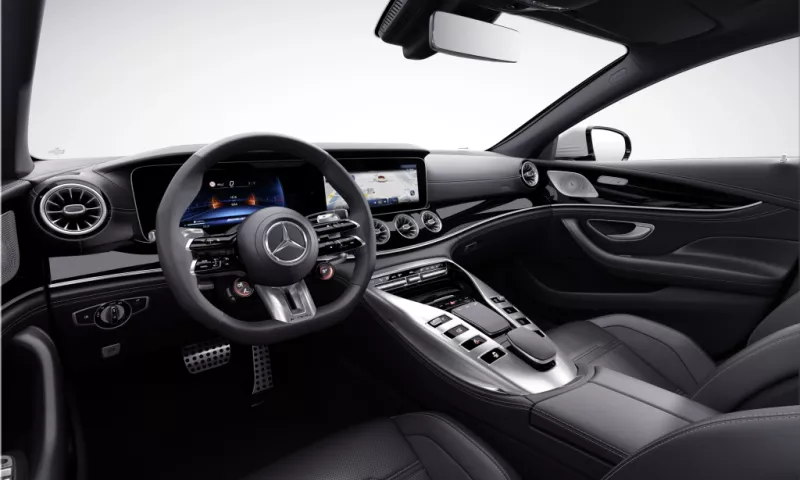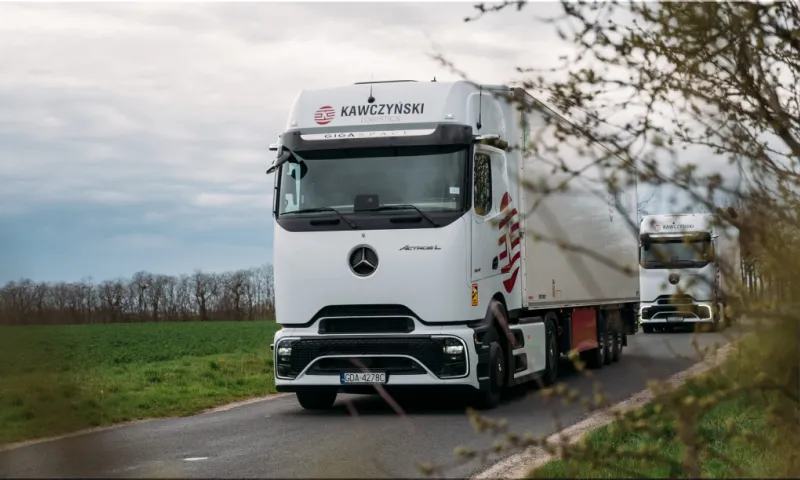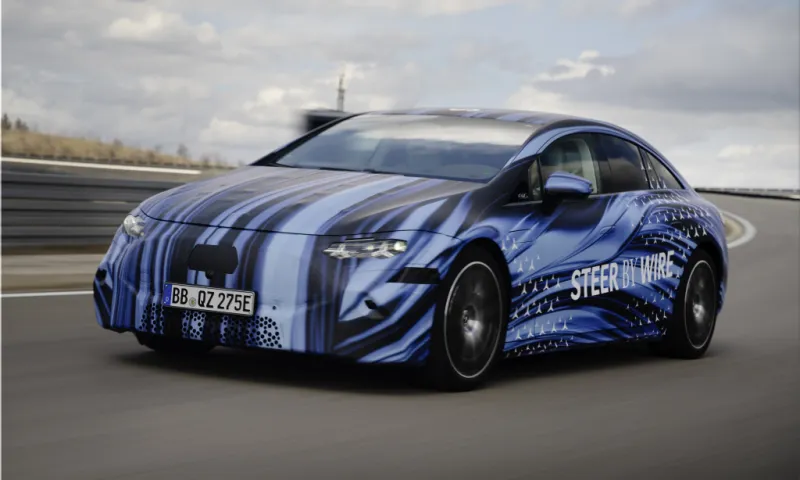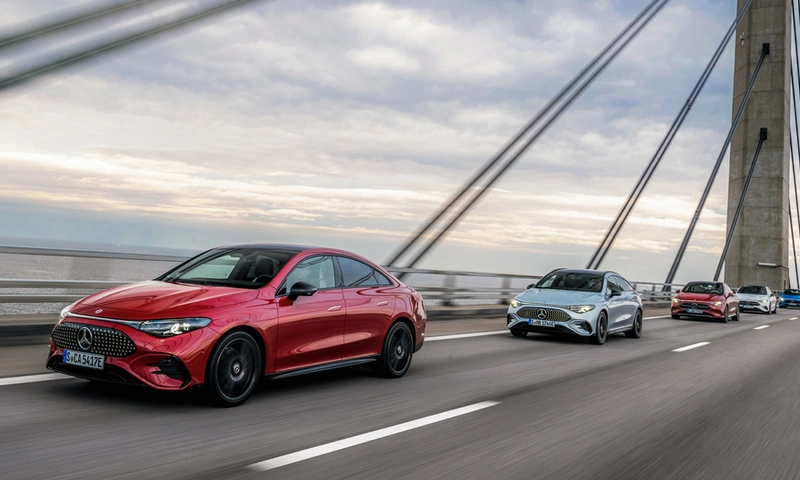The eCitaro Hits 2,500 Units—and It’s Just Getting Started
Since 2018, over 2,500 Mercedes-Benz eCitaro electric buses have been delivered across Europe. Built in Mannheim, this low-floor city bus continues to meet the demands of European operators with increasing reliability, improved range, and multiple battery-electric and fuel-cell powertrain options.
This isn’t a concept. This is execution at scale.
Powertrain Options: Battery, Hydrogen, or Both
Daimler Buses has expanded the eCitaro lineup far beyond its 2018 launch version. Operators can now choose from:
- Battery-electric eCitaro with up to 588 kWh (solo) or 686 kWh (articulated).
- eCitaro Fuel Cell with a 60 kW hydrogen range extender, introduced in 2023.
- H2 Mode option for 2025: hydrogen-only operation with no need for grid charging during downtime.
| Variant | Battery Packs | Max Capacity (kWh) |
|---|---|---|
| Mercedes-Benz eCitaro Solo (12.14 m) | 4–6 | 588 |
| Mercedes-Benz eCitaro K (10.63 m) | 4–6 | 588 |
| Mercedes-Benz eCitaro G (18.13 m) | 4–7 | 686 |
| Mercedes-Benz eCitaro Fuel Cell | 3 | 294 |
| Mercedes-Benz eCitaro G Fuel Cell | 3–4 | 392 |
Charging Tech: Designed for Integration
Charging options are modular. Transit agencies can specify:
- Standard plug-in charging (up to four socket locations).
- Pantograph-based fast charging.
- Charging rails for opportunity charging.
Every bus includes at least one charging socket, even with fast-charging configurations.
Range Strategy: More Than Bigger Batteries
Total capacity isn’t the only lever Daimler pulls. The eCitaro’s thermal management system cuts HVAC-related energy consumption by up to 40% compared to diesel Citaro models.
- Heat pump system for cabin climate control.
- Battery temperature management ensures optimal performance and longevity.
- Improved charging logic to balance fast charging and battery health.
Fuel Cell Variant: Range Extender Now, Hydrogen-Only Next
Starting in 2023, Daimler added fuel cell range extenders to its solo and articulated eCitaro models. These use NMC3 battery technology and a 60 kW fuel cell.
In 2025, H2 Mode enables grid-independent operation:
- Fuel cell charges battery while driving.
- No external charging needed during daily operation.
- Battery and fuel cell work as dual energy sources.
Next-Gen Batteries in 2026: NMC4 En Route
Starting 2026, the eCitaro line will feature NMC4 batteries with:
- Higher capacity than NMC3.
- Improved lifecycle performance.
- Fast charging up to 300 kW.
Safety Tech: Standard, Not Optional
All eCitaro models come equipped with advanced driver assistance systems and crash-tested battery components.
- Sideguard Assist (Gen 2), Frontguard Assist, reversing camera.
- Traffic Sign Assist, TPM, Attention Assist.
- Alcohol interlock support and antiviral air filters.
- Optional: 360° camera (solo), 270° camera (articulated), MirrorCam, and Preventive Brake Assist 2.
Interior Layout and Driver Interface
The eCitaro retains the standard Citaro cockpit layout. That means no retraining needed for drivers. Fuel cell models add a hydrogen level display.
Digital Integration and Fleet Management
All eCitaro units ship with Daimler’s Digital Services Package for:
- Fleet tracking.
- Charging infrastructure planning.
- Depot management tools.
